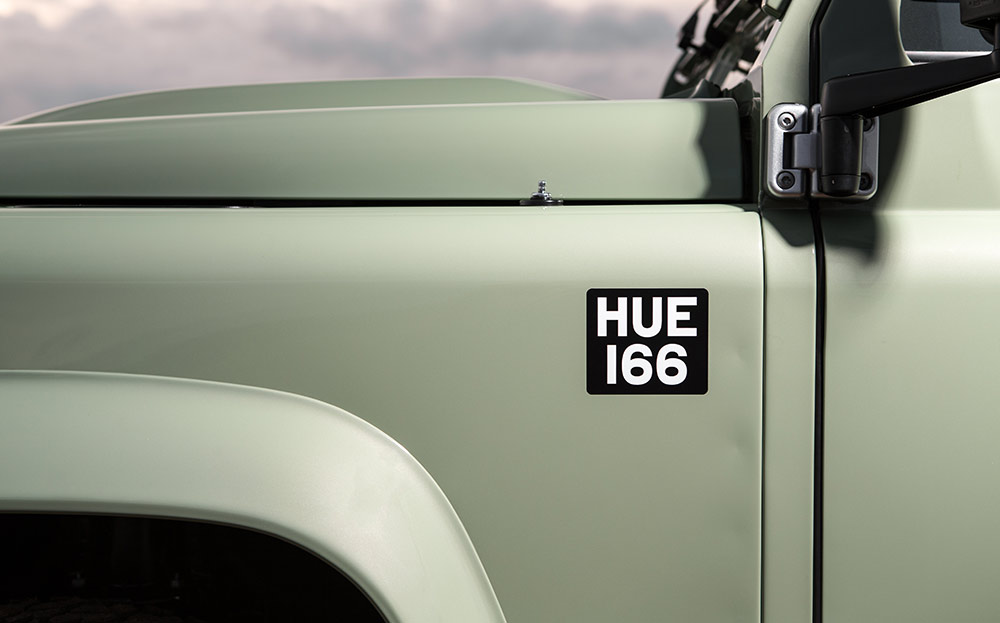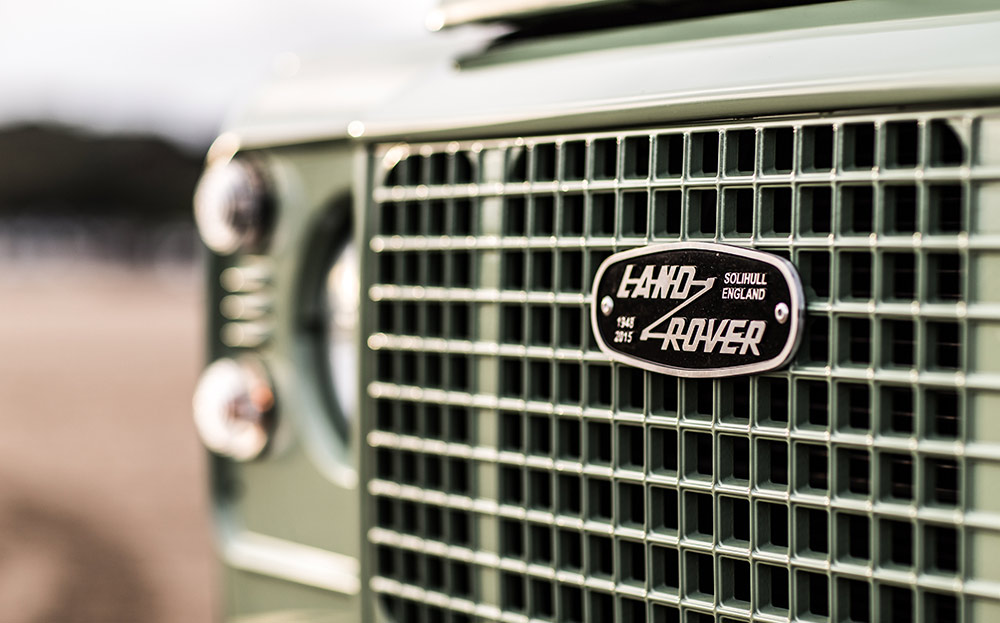2015 Land Rover Defender 90 Heritage Edition review by Richard Porter
Former Top Gear script editor on snapping up a special Defender
YOU MAY have seen the recent Sunday Times story about the chemicals billionaire who wants to put the Land Rover Defender back into production. The idea was swiftly rejected by the manufacturer itself — and quite rightly so. It’s a stupid suggestion.
The Defender is an outdated, archaic piece of postwar agricultural equipment that has lived well past its sell-by date. By modern standards it is slow, noisy, bouncy and cursed with an idiotically large turning circle. I can say all this with conviction since, shortly before production ended, I bought one.
Mine is not just any Defender, though. It’s the Heritage edition, which comes in a nice retro green that Farrow & Ball would probably call Badger’s Gangrene. On the front wing is a sticker that says HUE 166. It’s the registration of the first Land Rover, built in 1948.
View the Land Rover Defenders for sale on driving.co.uk
Sticker aside, there are a few touches exclusive to the Heritage version, such as a retro grille badge and coloured trims around the gearlever, and some features that came as standard on all Defenders, including wonky riveting and a body that isn’t lined up straight on the chassis.
The Heritage edition was created to celebrate the end of Defender production, and when it was announced last year, I placed an order the next day. My wife was supportive until she realised it came with no airbags, no Isofix child-seat mounts and no air-conditioning and was patently not going to be our next family car.
“This is a toy for you, isn’t it?” she suggested flatly. Later she asked if I was having a midlife crisis, with, I like to think, an air of relief that I had swerved the blonde beautician 20 years my junior and was now preparing to run off with a piece of 1950s farm machinery.
My wife’s scepticism didn’t improve when the Defender finally arrived. On anything but a smooth road it’s idiotically bumpy, the noise inside makes conversation hard at much above strolling speed and she struggles to get into it unless she brings a stepladder. I can tell she doesn’t like it and wishes I’d bought something lower and sportier, such as an old Porsche 911. This is a bit of a problem for me, because I absolutely and utterly adore it.
“You can fiddle with the two settings on the heater, which are ‘Off’ and ‘Heart of the sun'”
It’s quite hard to explain the appeal, but bear with me. First of all, I love it because it feels like no other brand-new car. In fact it’s more like something vintage, but with a warranty and a lovely, freshly minted smell that is pure, rubbery eau de Solihull. And, like a car from the past, it has a heavy clutch, slow steering and positively Victorian gearchange.
This means you really have to drive a Defender. You don’t sit back and relax; you roll your sleeves up and muck in. There is no slacking off from the task of guiding it along the road, which I like. There’s no help from the car: part of its appeal is the lack of electronic assistance. Rain sensors? Those are your eyes. Distance-judging cruise control? Also your eyes. Parking sensors? Again, your eyes. And maybe your ears.
It’s a very basic car. Mine didn’t even come with a radio, and though I have had one installed, it’s often quite hard to hear. But that’s OK. Sometimes I just hum to myself. It depends on the mood I’m in. And the mood I’m in also governs how the vehicle feels.
When I’m cheerful and relaxed, it bumbles along in a jaunty way. When I’m tired and crotchety, it feels heavy and indolent. On sunny days it’s more cheery and the gearchange definitely seems smoother. On cold days it can feel bleak and harsh, at least until it’s warmed up, at which point you can fiddle with the two settings on the heater, which are “Off” and “Heart of the sun”. It’s sort of like having an Aga in the dashboard.
Electronics and engineering have massaged away the peaks and troughs of modern cars. The Defender’s charm is that it’s resolutely analogue, so it can feel entirely different depending on whether it’s raining or sunny or Thursday. You wouldn’t tolerate this in a Honda Civic.
I live in London, and you’d think having a Defender in the city would feel silly. You’re taking something built for a specific purpose then wilfully using it incorrectly, and such folly should look as daft as popping to the supermarket in a wetsuit.
But it doesn’t, because, as my wife will admit when pressed,the Defender is probably the coolest car in the world. It’s certainly the only 4×4 in which you get let out of junctions.
Most important, for me at least, is the effect it has on my two-year-old son, who thinks it’s brilliant. I like to imagine that one day I can pass it on to him. Obviously he might splutter with indignation at this outdated nonsense and wonder why I didn’t go the whole hog by bequeathing him a mangle and some scurvy.
Browse NEW or USED cars for sale on driving.co.uk
But I hope he will treasure it as I have, keeping it going and treating it like an heirloom, because that’s what people do with Defenders. As a new car, the Defender is silly and flawed and insanely outdated, but it’s also as lovable and useful and charismatic as it’s always been, something that has been thrown into sharp relief by the end of production.
Let it stay out of production and let us reflect on what it continues to be in the afterlife, as it was in life. That is to say, a national treasure.
Richard Porter is script editor for The Grand Tour, which starts on Amazon Prime later this year. Jeremy Clarkson is away
Write to us at driving@sunday-times.co.uk, or Driving, The Sunday Times, 1 London Bridge Street, London SE1 9GF










